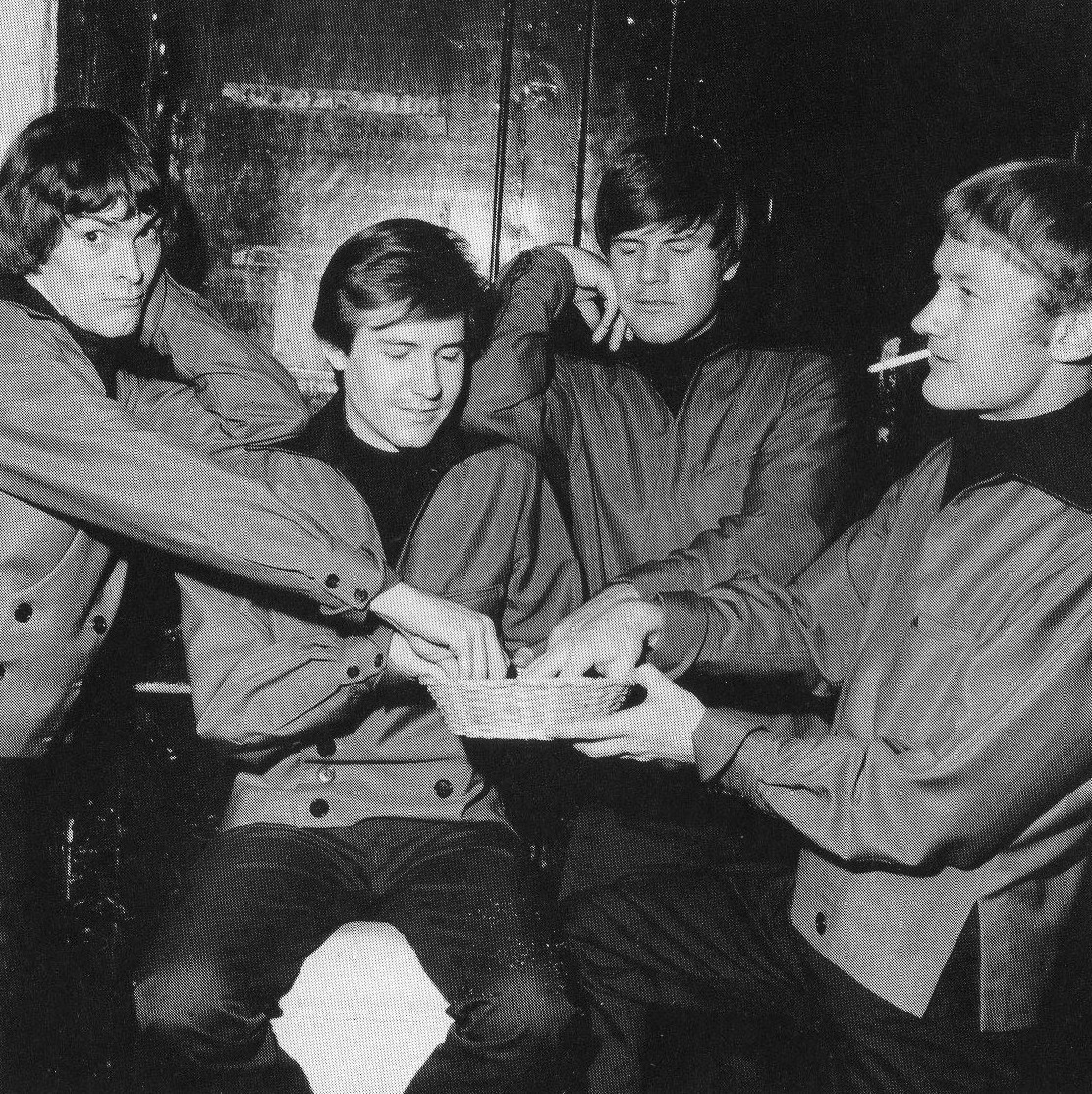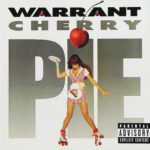“I Fought the Law” is a song that resonates with rebellion and a touch of dark humor. Made famous by The Bobby Fuller Four in 1966, the track’s catchy guitar riff and relatable lyrics about regret after a brush with the law propelled it to become a rock and roll classic. But the story of “I Fought the Law” is more than just a simple tale of teenage angst; it’s a journey through musical influences, regional scenes, and ultimately, tragedy.
The Crickets’ Original and Sonny Curtis’ Inspiration
Before Bobby Fuller’s iconic rendition, “I Fought the Law” was penned and originally performed by The Crickets, Buddy Holly’s backing band, after Holly’s untimely death. Guitarist Sonny Curtis wrote the song, and it appeared on their 1960 album, In Style with the Crickets.
Curtis himself explained the inspiration behind the song came from a personal experience, albeit a minor one. As he recounted, “I was in a soda shop, and I was putting nickels in the jukebox… and all of a sudden two policemen came in and they wanted to know what I was doing downtown. And I told them, and they said, ‘Well, don’t you know there’s a curfew?’ And I said, ‘No, sir, I didn’t.’ And they said, ‘Well, you’re breaking the law.’ And I said, ‘I’m breaking the law? What law?’ And they said, ‘The curfew law.’ And I said, ‘Well, I fought the law, and the law won.'”
 Sonny Curtis of The Crickets playing guitar.
Sonny Curtis of The Crickets playing guitar.
While the Crickets’ version is a solid example of early 60s rock and roll, it lacked the raw energy and distinctive sound that would make the song a hit. It was more laid-back, reflecting the Crickets’ post-Buddy Holly era, as they navigated their musical identity.
Bobby Fuller’s El Paso Sound and Discovery of “I Fought the Law”
Enter Bobby Fuller, a young, Buddy Holly obsessed musician from El Paso, Texas. El Paso, a border town with a vibrant music scene influenced by both American rock and roll and Mexican culture, was where Fuller honed his craft. He was deeply inspired by Holly, even recording at Norman Petty’s studio in Clovis, New Mexico, where Holly had recorded.
Fuller was constantly searching for material that fit his energetic style. His brother, Randy Fuller, played a crucial role in bringing “I Fought the Law” to Bobby’s attention. Randy heard the Crickets’ album In Style and believed the song, despite what he considered a weak original recording, had hit potential. He felt the rebellious theme would resonate, particularly in the youth culture of the early 60s, influenced by figures like James Dean and the “rebel without a cause” archetype.
The Bobby Fuller Four’s Garage Rock Transformation
Bobby Fuller and his band, The Bobby Fuller Four, transformed “I Fought the Law” into a garage rock anthem. Their version, recorded in El Paso, was rawer, faster, and infused with a distinctive twangy guitar sound that became their signature. This El Paso version gained local popularity and even secured some national distribution through VeeJay Records, but it failed to break into the national charts.
 Sonny Curtis of The Crickets playing guitar.
Sonny Curtis of The Crickets playing guitar.
This early version already showcased the key elements that would make the song a hit: Fuller’s Buddy Holly-esque vocals, the driving rhythm, and Jim Reese’s catchy guitar riff. However, it was their move to Los Angeles and subsequent re-recording that truly catapulted the song to fame.
Los Angeles, Mustang Records, and National Success
In Los Angeles, The Bobby Fuller Four signed with Bob Keane’s Mustang Records, a subsidiary of Del-Fi Records (Ritchie Valens’ former label). Keane recognized the band’s potential and their strong live performances in clubs like PJ’s and the Rendezvous Ballroom.
For their breakthrough single, Keane, surprisingly, didn’t initially push for “I Fought the Law”. It was the band members themselves who insisted on re-recording it. Despite Bobby Fuller’s initial reluctance, stemming from a desire to push his original material, the band’s collective voice prevailed.
The Bobby Fuller Four re-recorded “I Fought the Law” at Keane’s state-of-the-art studio in Los Angeles. This version was tighter, punchier, and benefited from better production. Larry Nunes, Keane’s partner, reportedly played a key role in getting the song airplay on KRLA radio in Los Angeles, allegedly through methods that were not entirely above board.
Whatever the means, the result was undeniable. “I Fought the Law” exploded in popularity in Southern California before breaking nationally. In 1966, The Bobby Fuller Four’s version reached the Top 10 of the Billboard Hot 100, cementing its place in rock and roll history.
Legacy and Enduring Appeal
The success of “I Fought the Law” not only launched The Bobby Fuller Four into the national spotlight but also revived Sonny Curtis’ songwriting career and brought renewed attention to The Crickets’ original catalog.
However, the band’s success was tragically short-lived. Just months after “I Fought the Law” became a hit, Bobby Fuller was found dead in his car under mysterious circumstances. His death, officially ruled an accident but shrouded in suspicion and rumors, cast a dark shadow over the song’s legacy.
Despite the tragedy, “I Fought the Law” endures. Its simple yet powerful message of defiance and the consequences of rebellion continues to resonate with audiences across generations. The song has been covered countless times by artists across various genres, including The Clash, The Dead Kennedys, and Hank Williams Jr., each bringing their own interpretation to the classic tune.
 Sonny Curtis of The Crickets playing guitar.
Sonny Curtis of The Crickets playing guitar.
The Bobby Fuller Four’s version remains the definitive rendition, a testament to the power of garage rock and the enduring appeal of a song that captures the spirit of youthful rebellion, even when “the law won.” “I Fought the Law” is more than just a catchy tune; it’s a slice of rock and roll history, forever linked to the vibrant El Paso music scene, the meteoric rise and tragic fall of Bobby Fuller, and the timeless theme of challenging authority.

